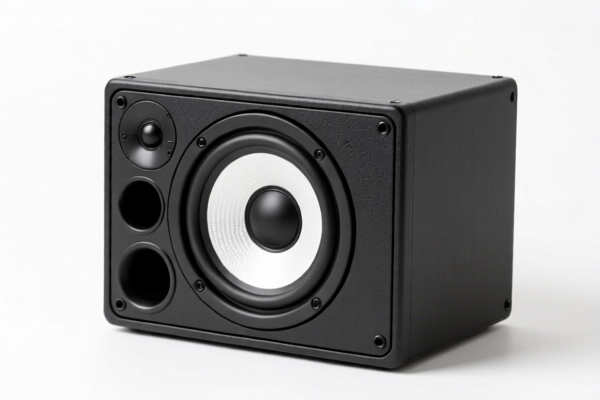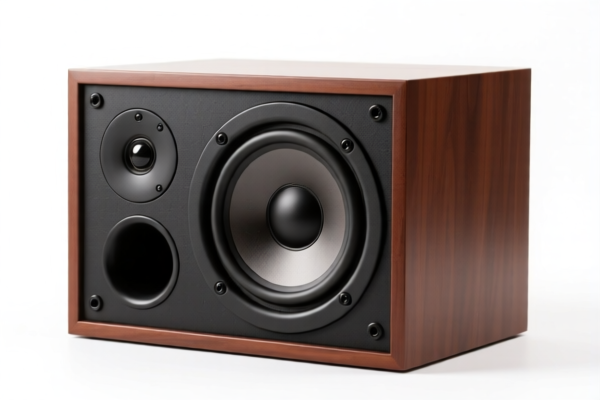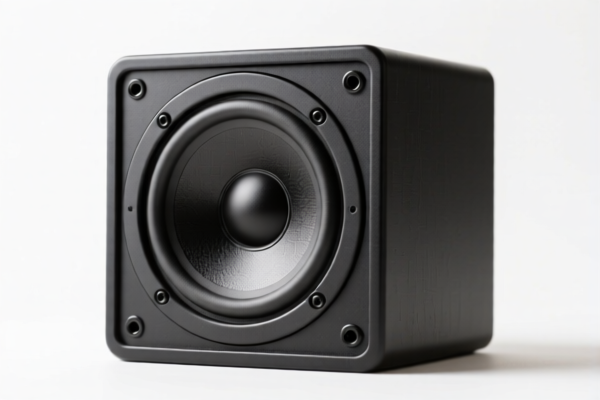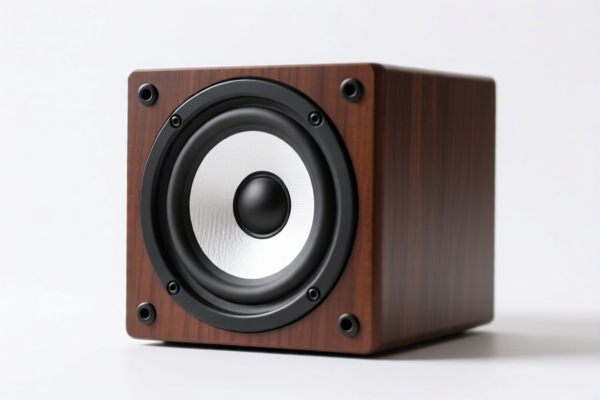| HS Code | Official Doc | Tariff Rate | Origin | Destination | Effective Date |
|---|---|---|---|---|---|
| 8518210000 | Doc | 37.5% | CN | US | 2025-05-12 |
| 8518220000 | Doc | 37.5% | CN | US | 2025-05-12 |
| 8543708000 | Doc | 55.0% | CN | US | 2025-05-12 |




Loudspeaker
A loudspeaker is an electroacoustic transducer; a device that converts an electrical audio signal into sound. It is the most common type of audio output device.
Material
Loudspeakers are constructed from several key materials:
- Magnet: Typically ferrite, neodymium, or samarium cobalt, providing a static magnetic field. Strength of the magnet influences efficiency and size.
- Voice Coil: Usually copper wire wound around a former, carrying the audio signal.
- Diaphragm (Cone): Made from materials like paper, plastic (polypropylene, Mylar), metal (aluminum, titanium), or composites. The material impacts frequency response, weight, and damping characteristics.
- Frame (Basket): Commonly stamped steel, aluminum, or plastic, providing structural support.
- Suspension (Surround & Spider): Rubber, foam, or cloth components controlling cone movement and alignment.
Purpose
The primary purpose of a loudspeaker is to reproduce audio signals, converting them into audible sound waves. This is achieved through the principle of electromagnetism.
Function
An electrical audio signal passes through the voice coil, creating a varying magnetic field. This field interacts with the static magnetic field of the permanent magnet, causing the voice coil to move. The voice coil is mechanically linked to the diaphragm, which vibrates, creating sound waves. The frequency of the electrical signal determines the frequency of the sound produced, and the amplitude determines the volume.
Usage Scenarios
Loudspeakers are found in a vast range of applications:
- Home Audio: Stereo systems, home theater setups, portable Bluetooth speakers.
- Public Address Systems: Concerts, stadiums, schools, announcements.
- Automotive Audio: Car stereos, sound systems.
- Professional Audio: Recording studios, mixing consoles, stage monitoring.
- Communications: Telephones, intercoms, walkie-talkies.
- Industrial Applications: Alarms, warning systems.
Common Types
Loudspeakers are categorized based on design and application:
- Dynamic (Moving-Coil): The most common type, utilizing a voice coil attached to a diaphragm. Known for their good balance of performance and cost.
- Cone Speakers: Utilize a cone-shaped diaphragm for broad frequency response.
- Tweeters: Small speakers designed to reproduce high frequencies. Often utilize dome-shaped diaphragms.
- Woofers: Larger speakers designed to reproduce low frequencies.
- Mid-Range Speakers: Reproduce frequencies between woofers and tweeters.
- Subwoofers: Specialized woofers for very low frequencies.
- Electrostatic Speakers: Utilize a thin, electrically charged diaphragm between two perforated plates. Known for high fidelity but require high voltages.
- Planar Magnetic Speakers: Similar to electrostatic, but use a magnetic field instead of electrostatic charge.
- Horn Speakers: Utilize a horn-shaped enclosure to increase efficiency and direct sound.
- Full-Range Speakers: Designed to reproduce the entire audible frequency spectrum with a single driver.
Loudspeakers are devices that convert electrical audio signals into sound. They are used in a wide range of applications, including home audio systems, public address systems, and automotive sound systems. The following HS codes are relevant to loudspeakers, based on the provided information:
- 8518210000: This HS code covers loudspeakers, whether or not mounted in their enclosures, specifically single loudspeakers mounted in their enclosures. The first two digits, '85', indicate the chapter relating to electrical machines and apparatus. '18' denotes microphones and loudspeakers. '21' further specifies loudspeakers, single, mounted. The applicable tax rate is a base tariff of 0.0% and an additional tariff of 7.5%, totaling 37.5%. This rate will change to 30% additional tariff after April 2, 2025, resulting in a total of 30.0%.
- 8518220000: This HS code also covers loudspeakers, whether or not mounted in their enclosures, but refers to multiple loudspeakers mounted in the same enclosure. '85' signifies electrical machines and apparatus, '18' denotes microphones and loudspeakers, and '22' specifies loudspeakers, multiple, mounted. The tax rate structure is identical to 8518210000: a base tariff of 0.0% and an additional tariff of 7.5%, for a total of 37.5% which will increase to 30% additional tariff after April 2, 2025.
- 8543708000: This HS code covers microwave amplifiers, and the reference material notes that loudspeakers are a type of audio amplifier. '85' indicates electrical machines and apparatus, '43' denotes electrical machines and apparatus having individual functions, and '70' specifies other machines and apparatus. The tax rate is a base tariff of 0.0% and an additional tariff of 25.0%, totaling 55.0%, which will increase to 30% additional tariff after April 2, 2025.
Customer Reviews
No reviews yet.